Medical history showed that on the same day of admission, the child went to a construction site to play and put his hand into a concrete mixer. His hand got stuck in the machine. The worker found out and turned off the machine. When he took the child out, he saw his arm was crushed (T). His family took him to the local hospital, where he received first aid, a splint, and IV pain relief, and was transferred to the City Children's Hospital.
Here, the child was noted to be lethargic, with pale skin and mucous membranes, pale lips, weak radial pulse on the right arm, blood pressure 80/60mmHg, regular heart and lungs, soft abdomen, bruised and bleeding wounds on the entire left arm, and no radial pulse could be detected.

Arm crushed by concrete mixer (photo TL).
The hematocrit test showed that the left hand was crushed, causing a severed brachial artery, bleeding, and hemorrhagic shock. The emergency doctors immediately activated the red alert procedure, applied pressure to the wound to stop the bleeding, intubated to help with breathing, established two intravenous lines for shock-proof fluids, registered blood, and transferred to the operating room within 15 minutes.
The team of orthopedic, vascular, surgical, anesthesiologist, surgical resuscitation, blood bank doctors actively resuscitated with fluid resuscitation, blood transfusion, vasopressor drugs, and corrected metabolic acidosis.
Doctors performed: Cut, cleaned, explored the crushed wound from the arm down to the hand (T), a lot of necrotic tissue, a lot of sand and dirt, removed a lot of sand and dirt. Explored the rupture and bruising of a 15 cm section of the brachial artery (T).
Realizing that the artery could not be cut and reattached, the doctors made a 10cm skin incision, at the ankle (P) took a 12cm segment of the saphenous vein, flushed with Heparin, rotated the grafted saphenous vein to replace the crushed and removed brachial artery, sutured the muscle to cover the bone, and amputated the first and third fingers (T): due to poor blood circulation and high risk of infection.
After vascular anastomosis surgery, the child continued to be treated in the surgical intensive care unit, with respiratory support, antibiotics, high-dose Heparin anticoagulant, wound care through debridement, VAC irrigation, continuous negative pressure suction, and antiseptic biological gauze, necrotic tissue adsorption, and granulation tissue stimulation.
After nearly 2 months of treatment, blood circulation is good, and blood supply to the extremities is rosy. The child was taken off the ventilator, became alert, received a skin graft, and gradually recovered his left arm, able to move it up and down normally.
Through this case, we would like to remind parentsto educate their children to be aware of the dangers lurking when playing at construction sites such as falling into unfinished pits flooded by rainwater, wall tools, scaffolding that can collapse, steel and brick cutters, concrete mixers, etc. which are very dangerous to life.
Source








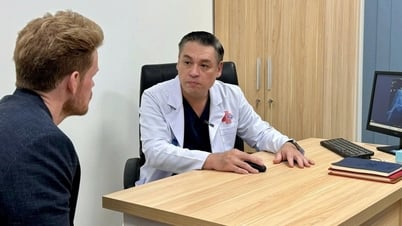



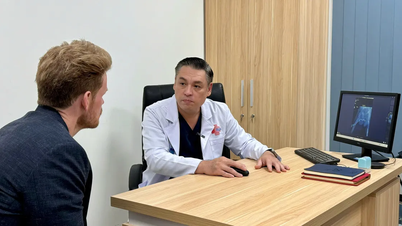

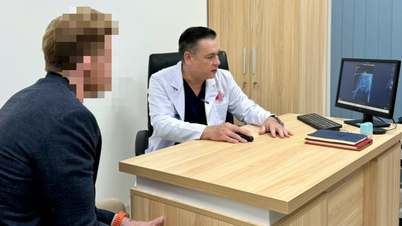

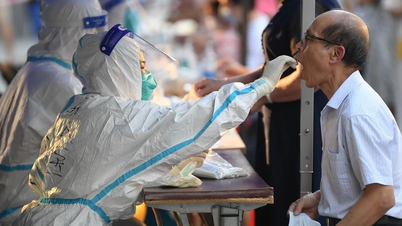





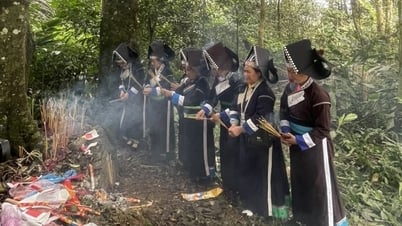
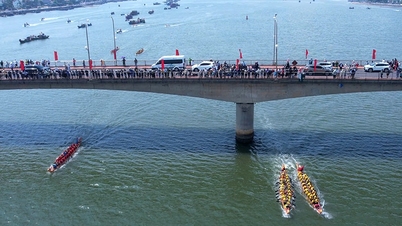
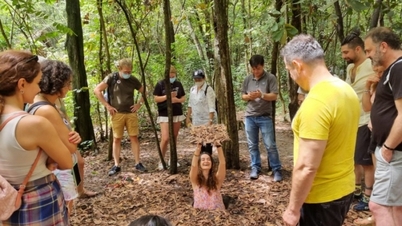

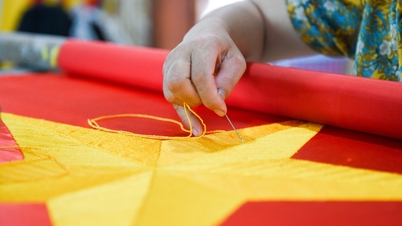





























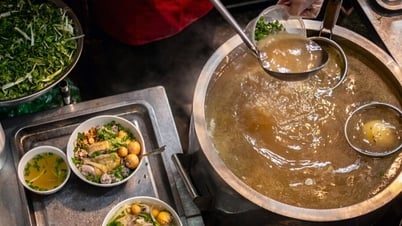

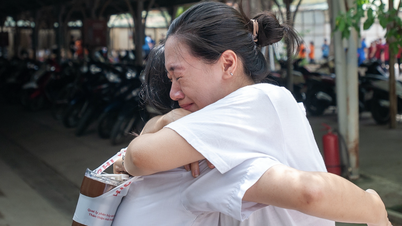












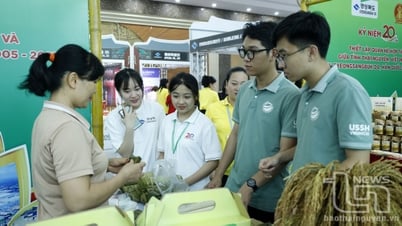






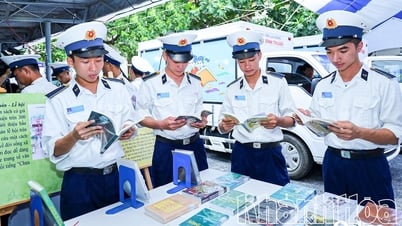








![[OCOP REVIEW] Tu Duyen Syrup - The essence of herbs from the mountains and forests of Nhu Thanh](https://vphoto.vietnam.vn/thumb/402x226/vietnam/resource/IMAGE/2025/6/5/58ca32fce4ec44039e444fbfae7e75ec)







Comment (0)